
AeroGenie — Your Intelligent Copilot.
Trending
Categories
New Fire Trainer Scheduled for Delivery in 2026
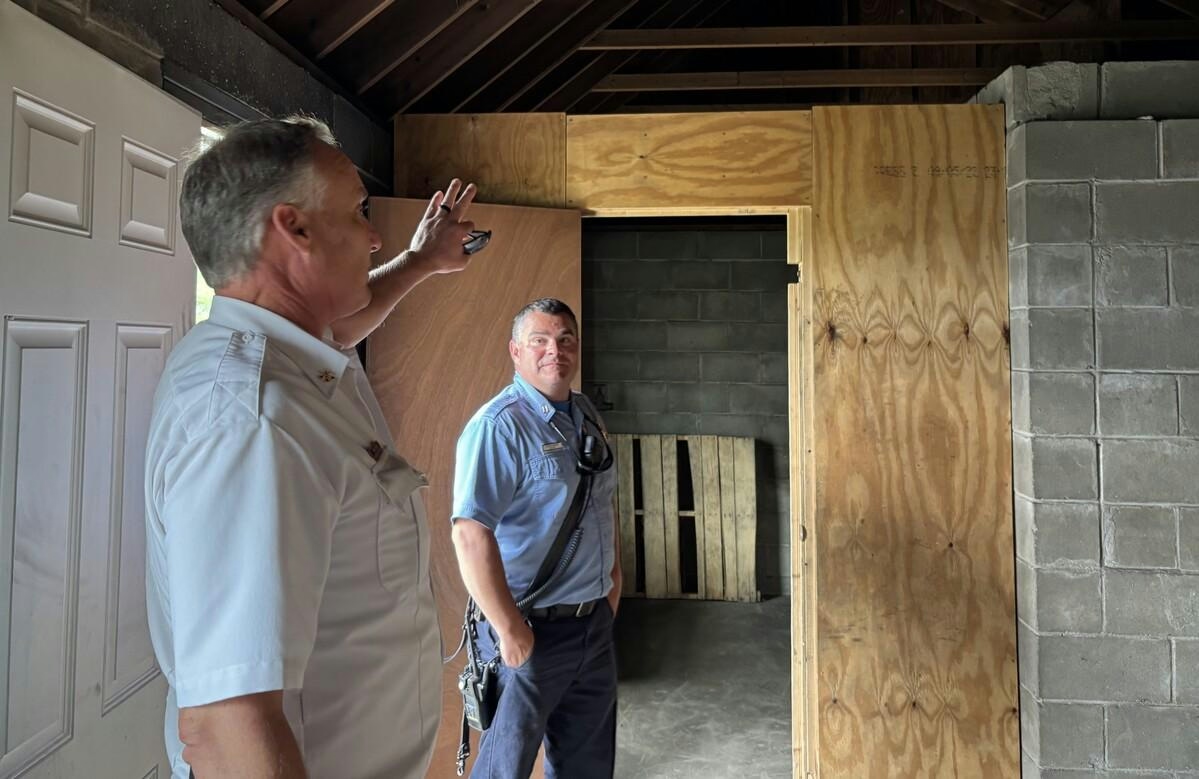
Flame Aviation to Deliver Advanced V10 Titan Fire Trainer in Early 2026
Flame Aviation, a prominent Dutch manufacturer specializing in fire training equipment for the civil aviation sector, has announced the upcoming delivery of its newest model, the V10 Titan, scheduled for the first quarter of 2026. Production commenced in September 2025 following the completion of engineering work, according to Robin Pijnaker, Managing Director of Flame Aviation, who confirmed these details at the European Aviation Training Summit (EATS) 2025.
Development Driven by Emirates’ Requirements
The V10 Titan was developed in direct response to a specific request from Emirates Airlines. Initial discussions began in November 2024, culminating in a formal contract signed in July 2025. This latest model represents a substantial upgrade over Flame Aviation’s existing V7000 Brigade and V9000 Commander trainers, featuring a larger and wider design tailored to replicate wide-body aircraft cabins. Emirates plans to replace its older generation fire trainer with the V10 Titan, underscoring the airline’s commitment to advanced crew training.
Positioned as Flame Aviation’s flagship fire trainer, the V10 Titan is aimed at the world’s leading airlines operating both wide-body and narrow-body fleets. Pijnaker noted that the model targets the top 30 to 40 airlines globally, with ongoing discussions underway with carriers in the United States and the Middle East.
Enhanced Features and Training Capabilities
The V10 Titan incorporates several key features requested by Emirates, including downward-opening luggage bins, wall fire simulation, and additional seating rows to accurately simulate a wide-body cabin environment. The trainer also includes fire escape path lighting and mood lighting, the latter designed to help trainees understand smoke behavior under varying lighting conditions. Enhanced auditory effects such as crackling flames, exploding batteries, and cabin panic sounds have been integrated to create a realistic training atmosphere. Additionally, simulated smells have been introduced to enable trainees to detect anomalies before visible smoke or flames appear, further enhancing the realism and effectiveness of the training experience.
Competitive Landscape and Market Dynamics
Despite the V10 Titan’s technological advancements, Flame Aviation operates within a highly competitive market. The sector for advanced fire and emergency trainers is influenced by military-grade offerings such as Boeing’s T-7A, Lockheed Martin/Korea Aerospace’s T-50, and Sierra Nevada’s Freedom Trainer. Defense analysts are closely monitoring new entrants like the M-346N, assessing their capabilities relative to established competitors. This competitive environment may prompt rival manufacturers to increase investment in their training solutions, potentially affecting how airlines and training organizations evaluate new products like the V10 Titan.
Flame Aviation will continue to engage with industry stakeholders at EATS in Cascais, Portugal, from 5 to 6 November, where it will showcase its latest training solutions and address the evolving needs of the aviation training market.
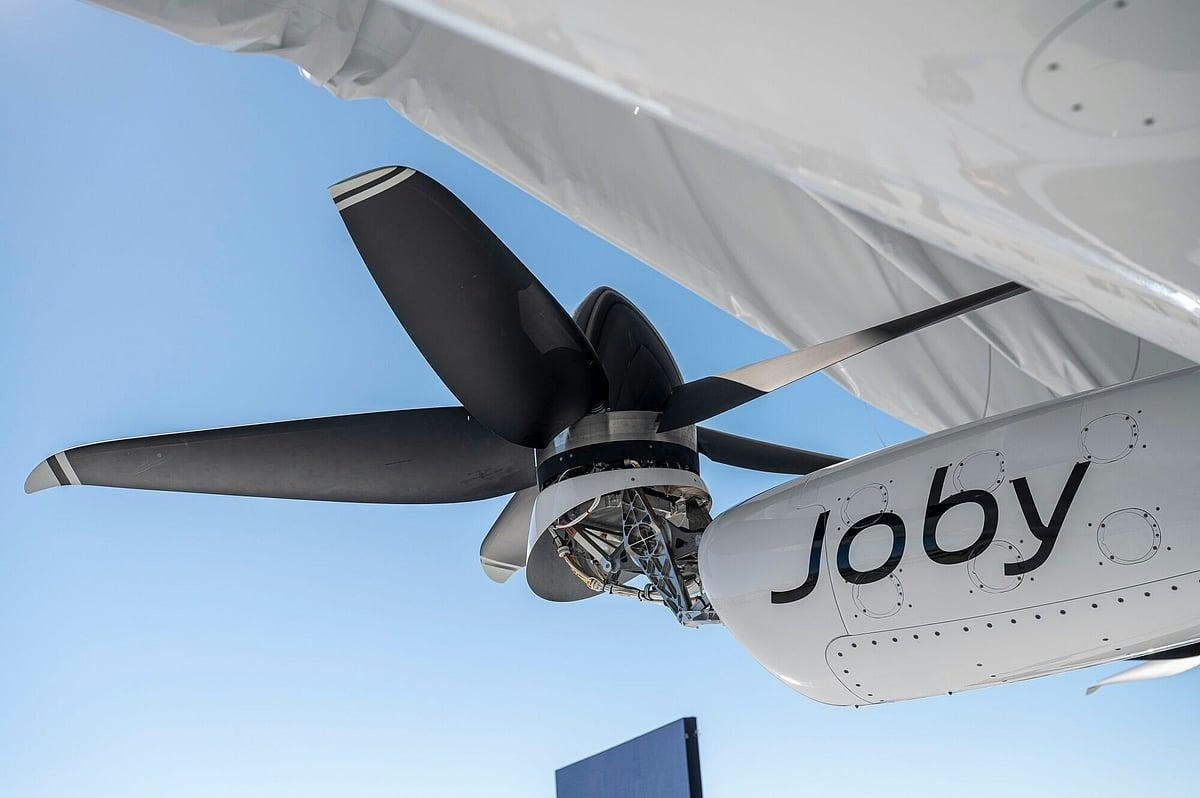
Joby Aviation Plans to Double U.S. Production to Expand Aerial Travel
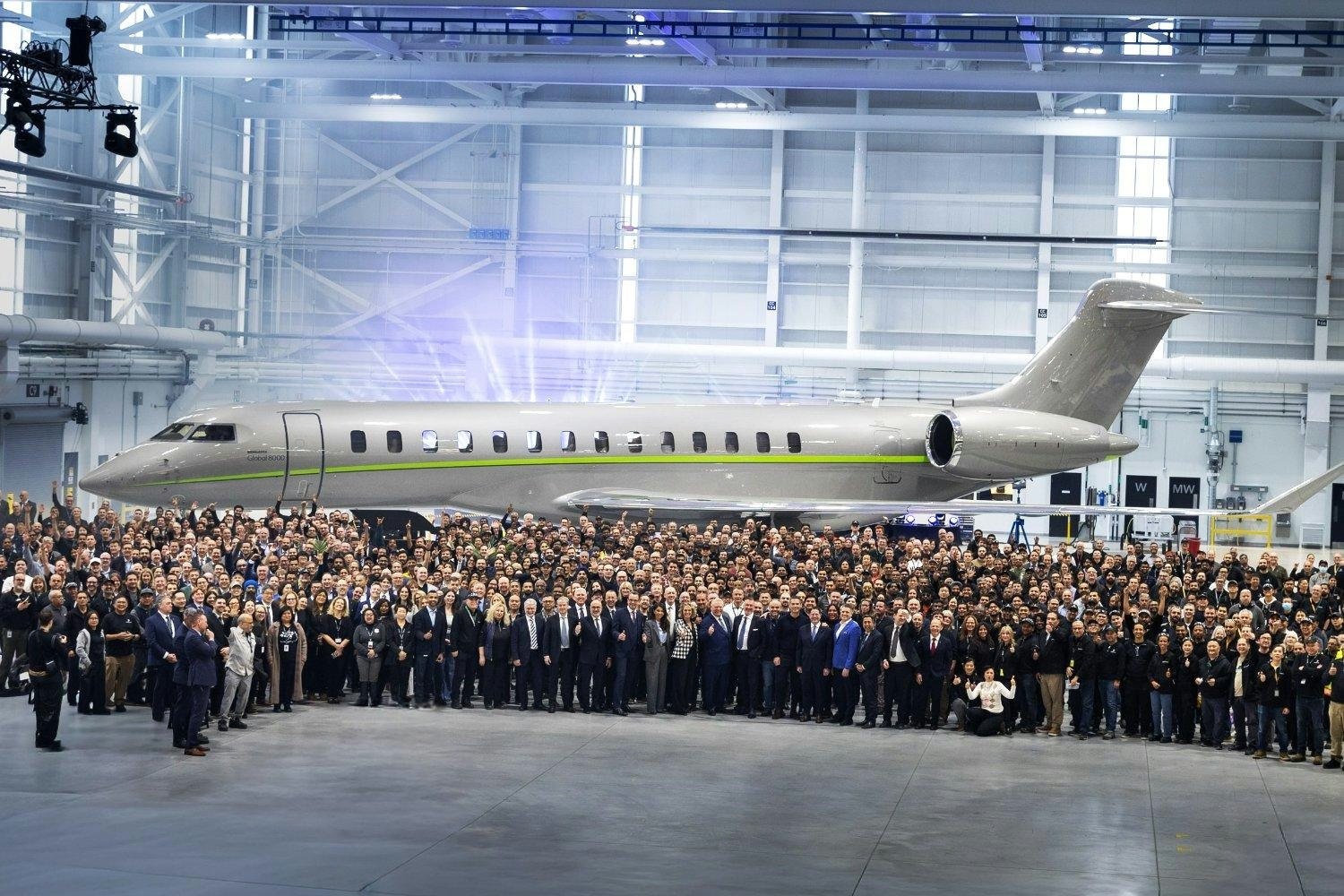
FAA Certifies Bombardier Global 8000 Aircraft
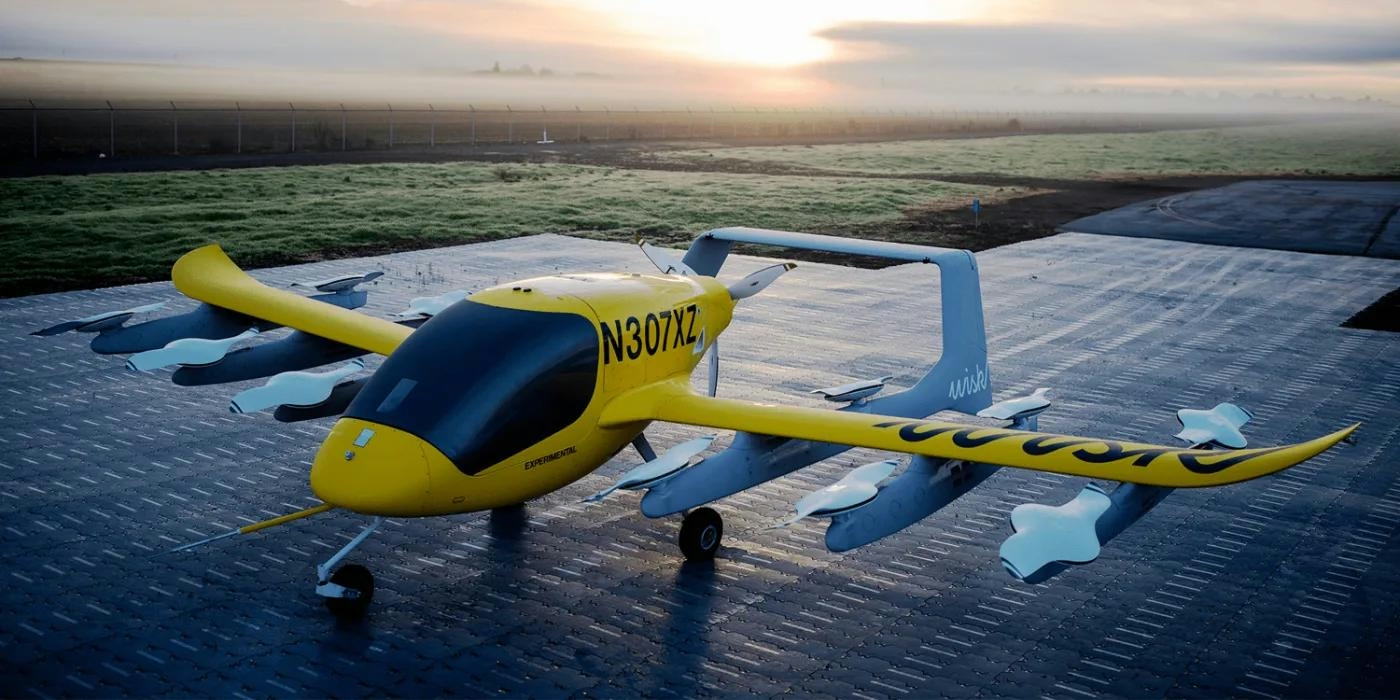
Boeing-Backed Autonomous VTOL Air Taxi Completes First Flight
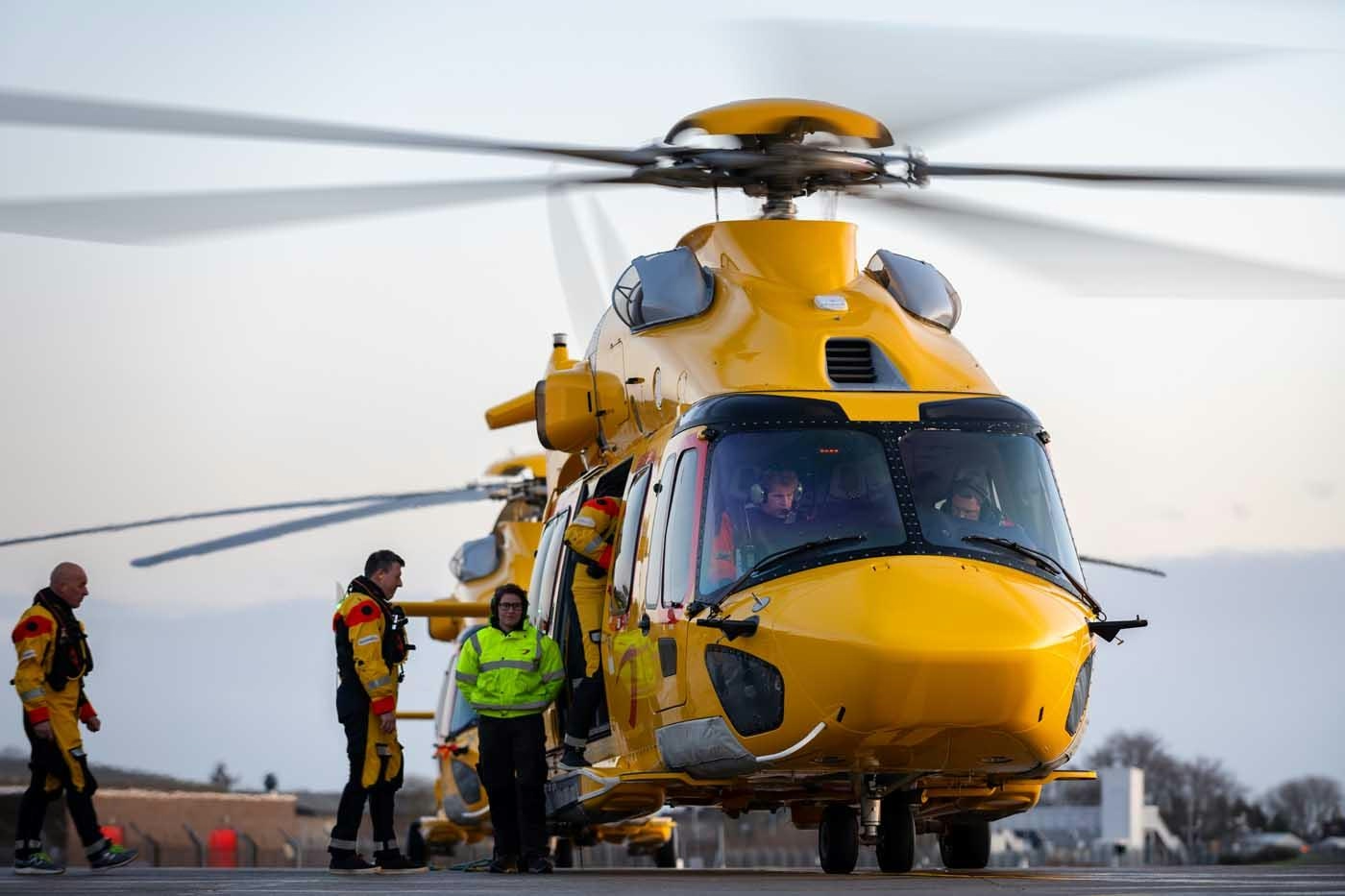
GD Helicopter Finance Acquires NHV Group
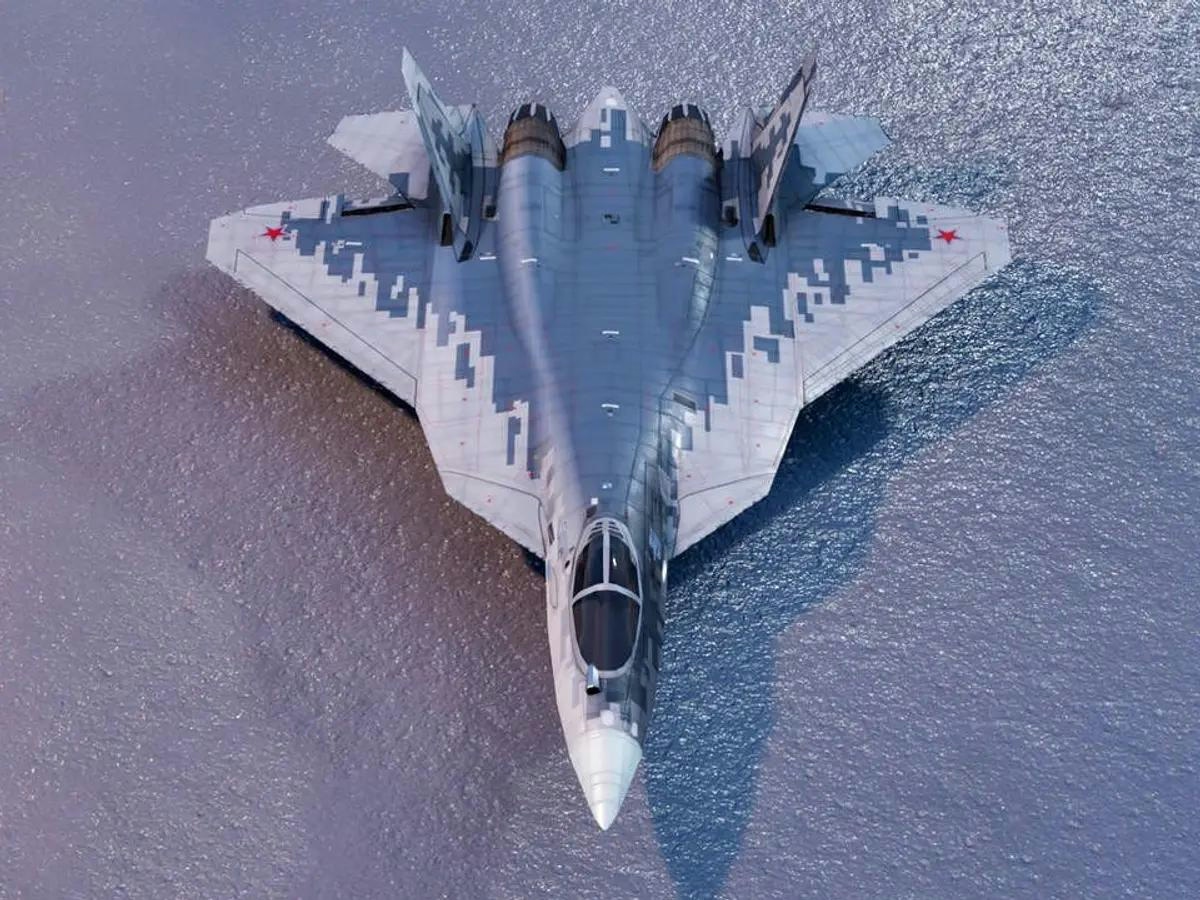
Russia Tests New Engine on Su-57 Fighter Jet

OAG Names Filip Filipov as Chief Executive Officer

Air India 777 Returns to Airport After Engine Oil Pressure Drop, Regulator Reports

Joramco Receives Award for 'Tree for Every Aircraft' Initiative

Airbus Delivers 10 A321neos in a Single Day to Meet Year-End Target
